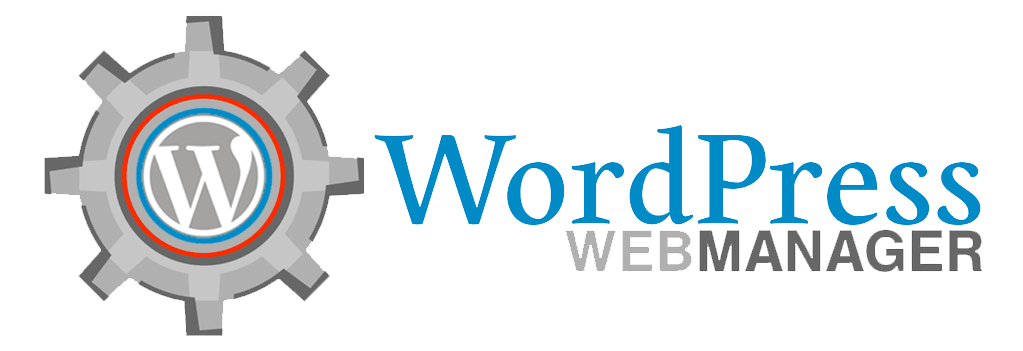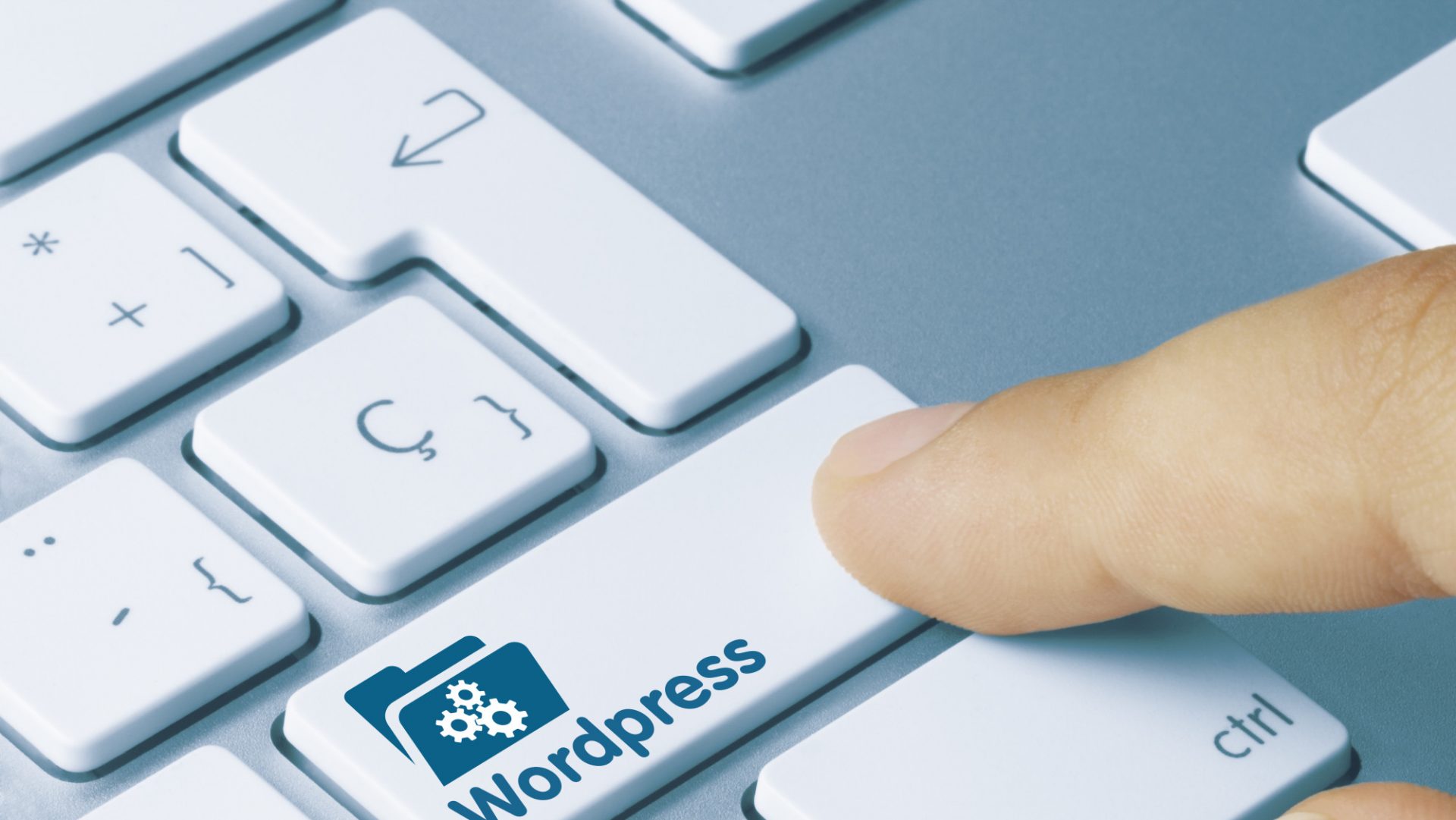Enable WordPress Updates Easily
WordPress Updates is a term that is used interchangeably with WordPress security fixes and WordPress plug-ins. WordPress updates are relatively small changes in the WordPress code that operate WordPress functionality. The word WordPress updates is also used to describe major WordPress versions, such as 4.0, which is the latest version of WordPress. The WordPress code is extremely complex and is only altered very rarely – usually once a year. The WordPress update process has not yet been changed in four years.
WordPress updates are normally released in the order of the latest version, then security fixes, and then theme tweaks or customizations. There are certain rules or “prerequisites” that must be met in order to get the latest version. WordPress must have the latest version of all essential WordPress plugins and must have valid license keys from the original owner. WordPress updates require you to use the updating WordPress manager, which is available at the WordPress site.
WordPress updates provide numerous benefits to website owners. For example, most WordPress users will be able to perform simple tasks such as updating their theme or plugins without having to navigate away from the WordPress interface. WordPress also provides numerous new features every few months or so, which means that if you have an active WordPress blog, you will always be able to stay on top of recent WordPress news and upgrades, and be prepared for any upcoming WordPress security fixes.
WordPress developers release new versions of their popular WordPress plugin library every six months, on both WordPress 3.0 and WordPress 4.0. The WordPress plugin library contains more than eighty different WordPress plugins, and a large number of them have never been released for public use. Many WordPress developers are tight on time and cannot release major releases of their plugins for several months, even a year, while waiting for their major version to be ready for public use. That is why they release WordPress updates in incremental stages, so that website owners can still keep their WordPress websites up to date with all of the latest WordPress innovations.
WordPress users can also expect to find a number of new features in their WordPress 4.0 version, such as a media library that allows easier organizing and sharing of photos and videos, as well as a search option that makes finding recent additions much easier. Other WordPress 4.0 innovations include a simplified user interface, a dashboard for easier management of themes, easier ways to create categories and subcategories, and a new theme gallery option. WordPress users will also find many new functions in their WordPress administrator area, including built-in WordPress SEO options for creating unique content and optimizing your site for Google. WordPress also boasts a number of new features and tweaks that make it easier than ever to manage your WordPress site, from adding new post categories to commenting on existing ones, and editing your website’s navigation.
WordPress users also have the option of opting for WordPress automatic plugin updates, which will cause WordPress to download and install only the newest version of all plugins and themes. If you want to opt out of these WordPress automatic plugin updates, you can configure your WordPress plugin’s settings to disable any updates. You can also instruct WordPress not to receive any plugin or theme updates using a WordPress hook. To learn more about updating WordPress automatically, see the WordPress tutorials WordPress core development and maintenance site.
WordPress automatic updates are not the only way to get the latest WordPress versions. Users can also get WordPress 4.0 directly from the WordPress site itself or by visiting the WordPress website and downloading the WordPress software. WordPress software is available in two different flavors: standard and premium. For users who want to try out WordPress without having to spend the money on purchasing a version of WordPress Professional, standard is the best option. Premium WordPress software comes with a number of benefits, including support for the most popular plugins and themes, the WordPress Easy WordPress installer, a wide array of themes to choose from, and an active community for help and guidance.
There are several ways to enable automatic updates in WordPress. If you are using a WordPress Express installation, there is an option in the WordPress dashboard to enable automatic updates. This option is located in Settings > Update WordPress. In most WordPress installations, this setting should be ticked, but in some cases it may not. In older WordPress installations, it is essential to enable the update button to get the latest version of WordPress. Now that WordPress 4.0 is out, you’ll want to learn how to update your WordPress plugin.




